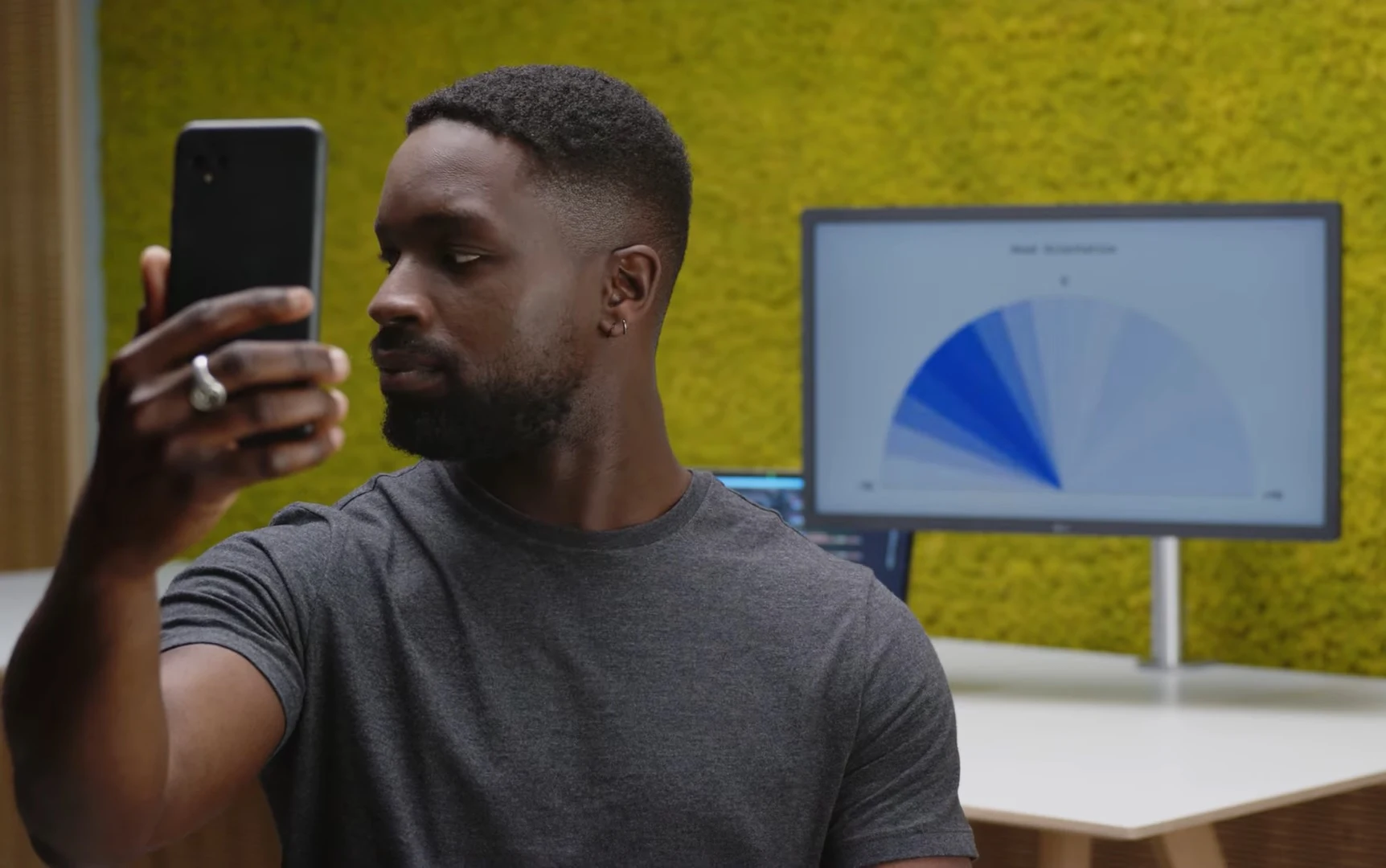Google’s ATAP research team has been working on the Soli radar system since the project was launched in 2015. This technology will automatically respond just by sensing your wireless motion movements and hand-touch.
So what’s so important about Google’s Project Soli and what’s so important having it in a device? Well, Soli was first unveiled as innovative technology based on a short-range radar embedded system. That’s in fact, the similar technology used by air traffic controllers and of course the military. However, this time, it used to take two palms gestures at a distance. The difference between the Project Soli and other gesture systems like the LG G 8 is that they utilize cameras whereas radar allows much more accurate measurement in the case of Project Soli. The reason why Google's ATAP team used radars is that you can shrink the entire radar and put it in a tiny chip. This radar will tell your electronic device to not blare out a notification tinkling sound because it observed you weren’t present in front of it. This radio frequency spectrum technology will also tell your TV that you have been sleeping while watching it. Simply, the process is designed similar to how choreographers know the dancing steps, like the way the practicing dancer turns their body weight in different positions.

Engineers have focused on taking the radar hardware and turning it into a gesture sensor. Radar will transmit the radio wave towards a target and the receiver intercepts the energy. A Soli-enabled device such as Pixel 4 is based on the full gesture recognition pipeline. The stages of this pipeline are designed to extract specific gesture information from one radar signal, and from these Doppler signals, the Google research team can interpret human intent. In this advanced research, sensor input is not used to control computers; rather ATAP used sensor spatial data to enable a system of devices to display gestures.
Google characterized these finest hand movements as Approach, Glance, Turn and Pass. I will explain these shortly. Approach signifies information you might become interested in exploring. Let’s say, Nest Hub (2nd gen) with motion sense turned on, you have the option to choose your actions with your display. Furthermore, you can also turn on Sleep Sensing to track your sleep. While Glance displays a snippet of data. Moreover, Turn and Pass determine your next move in the multitasking process, for instance, you are watching some yoga steps continuously playing and pausing the tutorial. Lastly, Pass knows the device that you’re not expected to use at the moment.
Ultimately, these devices are more capable of understanding humans in a virtual world making our lives swift and easier.
Read next: Report shows gaming apps invested a great deal on user acquisition, with 10% of it spent on switching from Apple to Android
So what’s so important about Google’s Project Soli and what’s so important having it in a device? Well, Soli was first unveiled as innovative technology based on a short-range radar embedded system. That’s in fact, the similar technology used by air traffic controllers and of course the military. However, this time, it used to take two palms gestures at a distance. The difference between the Project Soli and other gesture systems like the LG G 8 is that they utilize cameras whereas radar allows much more accurate measurement in the case of Project Soli. The reason why Google's ATAP team used radars is that you can shrink the entire radar and put it in a tiny chip. This radar will tell your electronic device to not blare out a notification tinkling sound because it observed you weren’t present in front of it. This radio frequency spectrum technology will also tell your TV that you have been sleeping while watching it. Simply, the process is designed similar to how choreographers know the dancing steps, like the way the practicing dancer turns their body weight in different positions.

Engineers have focused on taking the radar hardware and turning it into a gesture sensor. Radar will transmit the radio wave towards a target and the receiver intercepts the energy. A Soli-enabled device such as Pixel 4 is based on the full gesture recognition pipeline. The stages of this pipeline are designed to extract specific gesture information from one radar signal, and from these Doppler signals, the Google research team can interpret human intent. In this advanced research, sensor input is not used to control computers; rather ATAP used sensor spatial data to enable a system of devices to display gestures.
Google characterized these finest hand movements as Approach, Glance, Turn and Pass. I will explain these shortly. Approach signifies information you might become interested in exploring. Let’s say, Nest Hub (2nd gen) with motion sense turned on, you have the option to choose your actions with your display. Furthermore, you can also turn on Sleep Sensing to track your sleep. While Glance displays a snippet of data. Moreover, Turn and Pass determine your next move in the multitasking process, for instance, you are watching some yoga steps continuously playing and pausing the tutorial. Lastly, Pass knows the device that you’re not expected to use at the moment.
Ultimately, these devices are more capable of understanding humans in a virtual world making our lives swift and easier.
Read next: Report shows gaming apps invested a great deal on user acquisition, with 10% of it spent on switching from Apple to Android
